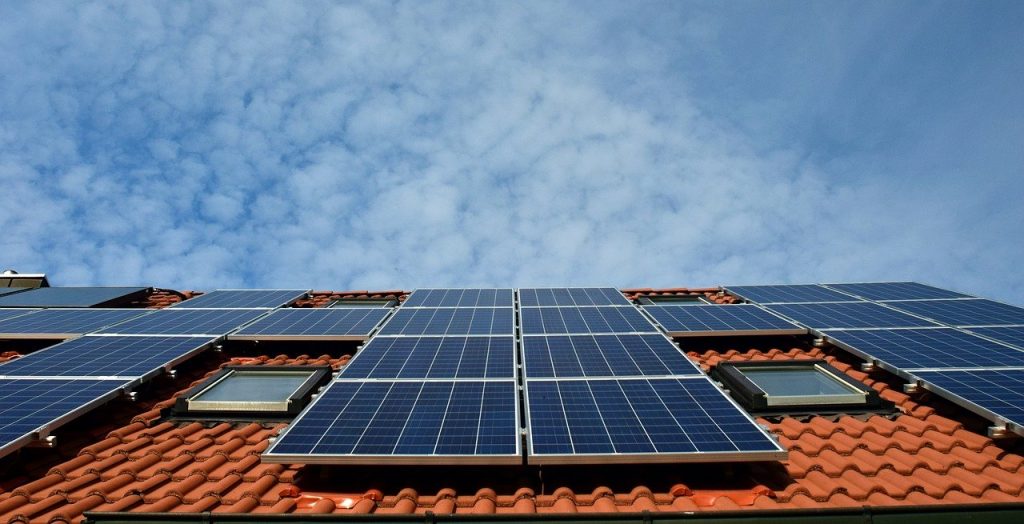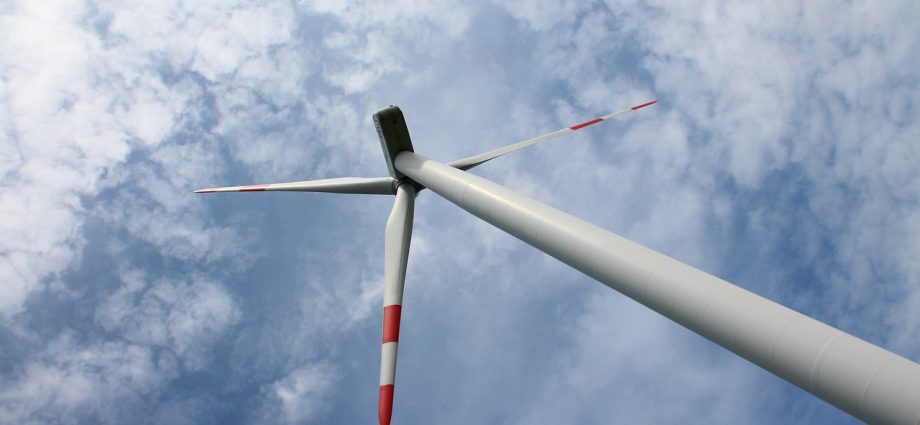How to Reduce Carbon Footprint?
The annual growth rate of greenhouse gas emissions today warns us to act as soon as possible, recognizing the seriousness of the situation and making no compromises. Large meetings and conferences are held about the carbon footprint.
Although it is late in many respects, there are some methods that we can all apply to change both today’s world and our future. We have listed 20 steps that can be followed to reduce your individual carbon footprint and live with respect to natural resources:

Refresh Your Transportation Preferences
One of the areas where fossil fuel consumption, which directly causes carbon emissions, occurs most in daily life is transportation. You can make a surprising contribution to nature by renewing your transportation habits.
1. Walk
Instead of driving, you should walk as much as possible to reduce the damage to both your personal health and nature.
2.Use a Bike
Cycling, as another car driving alternative, will significantly reduce carbon emissions due to fuel consumption.
3.Prefer to Bulk Transport
If options such as walking and cycling are not possible to reach your destination, you should prefer public transportation before individual vehicle use. Choosing rail systems such as buses or suburban trains over individual vehicles will also greatly reduce the amount of carbon footprint per person.
4. Travel with More than One Person in Individual Vehicles
If you have to use individual vehicles instead of public transport, traveling by more than one person instead of just one person will support the minimum energy consumption, thus reducing the total carbon footprint.
5. Reduce Flight Rides
Air travel is the means of transportation that increases the carbon footprint the most, depending on the distance to be traveled and the fuel to be spent. While understanding its necessity in today’s world, some developed European countries have already begun to take measures to reduce air travel, which poses a very high threat to the future. Countries that encourage train travel instead of plane in international transportation are working to reduce the number of daily trips. You can contribute to this situation by reducing flight travels as much as possible.
6. Drive a Hybrid Vehicle
Hybrid vehicles that can automatically control the communication between both gasoline and electric motors are perhaps a transition phase for a sustainable future. Although it can still appeal to a small number of users due to its high price, it has become a good alternative to fossil fuel-powered vehicles. Indicating that their number will increase in the future, hybrid vehicles can be a very good option to reduce your carbon footprint.

Balance Your Energy Use
Carbon emissions are classified as direct carbon emissions and energy indirect carbon emissions. Energy indirect carbon emissions occur as a result of greenhouse gases emitted from fuels burned for activities such as electricity, heating and cooling. It is possible to reduce your carbon footprint by making energy use efficient and balanced.
7.Beware of Energy Efficiency in the Home
You can reduce your carbon footprint in very simple ways such as turning off unused devices in the house, not using electricity unless necessary, and keeping electric water heaters off when not in use.
At the same time, you can save electricity and water by opting for energy-efficient light bulbs and not using washing machines and dishwashers as long as they are not full.
8.Use Enough Electronic Products
Today, each person has an average smartphone and computer. Apart from this, there are dozens of different electronic products such as refrigerators, washing machines, dishwashers, vacuum cleaners, at least one television, various dryers, heaters, shapers and food processors in the same household. It is another effective way to reduce your carbon footprint by purchasing and using electronic products that you currently use for many different needs, enough to meet your basic needs.
9.Use Green Energy
One of the best ways to reduce dependence on fossil fuels is to use green energy. Green energy obtained by using natural resources such as sunlight, wind, rain, tides, plants, geothermal energy is also renewable energy sources. Solar energy systems have begun to be installed in residences in many European countries.
You can take a big step in reducing your carbon footprint by installing solar panels in homes or by moving to homes that use solar power systems.
Improve Your Nutrition Habits
In addition to energy and fuel consumption, you can also improve your eating habits to reduce your carbon footprint. Certain amounts of carbon dioxide are released into the nature during the production of each food consumed. For this reason, we can contribute to nature by choosing foods that cause less carbon emission in production. To give an example for this, according to a study by Oxford University, the meat consumed is 50%; If products such as refined oil, sugar and alcohol are reduced by 20%, agricultural land productivity will be improved by 43%.
10.Eat Less Meat
Natural resources and energy consumption used during the production of cattle and poultry cause serious carbon emissions. According to some studies, beef and beef, namely red meat, are the main reasons for this release. Tin tuna and farmed salmon follow red meat. You can reduce your carbon footprint by reducing meat consumption and turning to vegetables.
11.Prefer Local Food
Energy and fuel consumed in the process of reaching the end consumer by traveling long distances of foods increase the carbon footprint. For this reason, you can choose local foods.
12.Prefer Organic Food
Like domestic food, organic food also provides energy gain in the production and transportation process. This is one of the steps you can take in reducing your carbon footprint directly.
13.Eat As Much Food As You Need
Transport and rotting of food waste increases greenhouse gas emissions. You can reduce this situation by consuming just as much food as you need.
Develop Your Sustainable Life Perspective
14. Pay Attention to Recycling
Gaining awareness about recycling is perhaps one of the simplest and most effective ways you can apply. Paper, glass, packaging, bottles, etc. By separating your wastes, you can make a great contribution to nature in terms of sustainable energy and efficiency. If you do not have access to recycling bins, you can contact your district municipality to collect your paper waste.
15.Dispose Your Organic Waste To The Land
Recycling some organic wastes that can be recycled and dissolved without damaging the soil, such as separating recycling wastes, is one of the steps that will reduce your carbon footprint.
16. Reuse Our Goods
You can improve your consumption habits by using your belongings as long as possible and purchasing the necessary ones.
17. Protect and Increase Green Areas
One of the best ways to restore the environment is to protect and increase green spaces. Apart from the thousands of other benefits they provide, green plants absorb CO2 and release oxygen used by humans and animals. It has been determined that a young tree absorbs an average of 13 kilograms of carbon dioxide each year.
18. Pay Attention to Environmental Cleanliness
By using streets, avenues, city, beach, sea, in short, everywhere you touch, clean like your home, you can turn these common living spaces into much healthier areas that will not harm nature.

Know and Share
19. Be Aware
The first step to solving a problem is to understand and accept it. For this reason, you should improve yourself on what is the carbon footprint and how to reduce it.
20. Make Collaborative Studies
The growth of individual awareness and practices is one of the main requirements for the regaining of nature and a sustainable future. You can reduce your carbon footprint by working collaboratively, spreading information and getting it to organizations that can take bigger steps.




